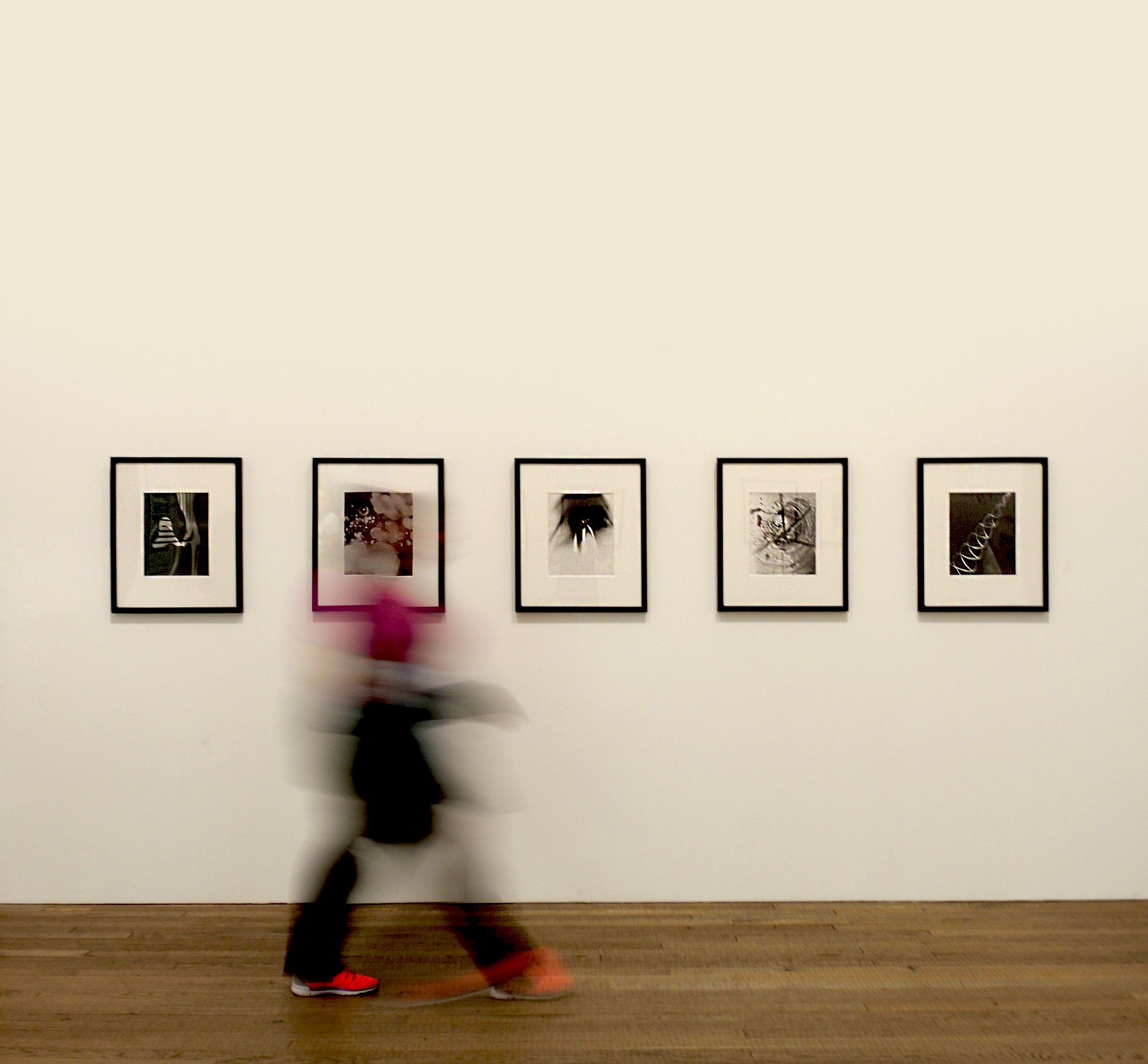Reinventing the Reel: The Rising Influence of Virtual Reality in the Film Industry
In the ever-evolving landscape of entertainment, groundbreaking technological advancements continually reshape how we perceive and experience art. One of the most transformative developments in recent years is Virtual Reality (VR), which is steadily revolutionizing the realm of film and cinema.

The Origins of Virtual Reality in Cinema
Virtual Reality, an immersive technology designed to simulate a user’s physical presence in a non-physical world, has its roots in the gaming industry. However, it didn’t take long for this innovative technology to catch the eye of filmmakers. In the early 2010s, directors began exploring VR as a tool for creating unprecedented cinematic experiences, allowing audiences to step into the film’s universe first-hand.
The Technological Leap: From Screen to Scene
The transition from traditional 2D and 3D film to VR represents a quantum leap in cinematic technology. Instead of passively watching a story unfold on screen, viewers can now engage directly within the narrative, becoming active participants in the plot. This shift from viewer to participant is changing the dynamics of storytelling and audience engagement in profound ways.
Current Developments: VR Cinema Now
Today, VR cinema is gaining traction, with filmmakers harnessing its potential for deeper storytelling and immersive audience experiences. Recent VR films, such as Alejandro G. Iñárritu’s “Carne y Arena” and Lynette Wallworth’s “Awavena,” have garnered critical acclaim and festival awards, underscoring the growing acceptance and interest in this form of cinema.
The Impact and Reception of VR in Cinema
The integration of VR into cinema has sparked a lively debate among critics, filmmakers, and audiences alike. Some laud it as the future of cinema, praising its ability to offer unparalleled immersive experiences. Others express concern about the potential loss of communal viewing inherent in traditional cinema. As with any new technology, it will take time to fully understand and appreciate VR’s impact on the cinematic arts.
The Future: Virtual Reality and Beyond
While we are still at the dawn of VR cinema, the potential for growth and evolution is immense. The coming years are likely to witness more advanced VR technologies, more sophisticated storytelling techniques, and more innovative applications of VR in cinema. The most exciting aspect is, perhaps, the unknown – the yet-to-be-imagined possibilities that lie ahead in the fusion of technology and art.
In conclusion, the incorporation of VR into cinema offers a fresh perspective on the art of filmmaking. It challenges traditional modes of storytelling and audience engagement, pushing the boundaries of cinematic experience. As we move forward, it is crucial to continue exploring and questioning how such technologies shape our understanding and appreciation of art. The future of VR cinema is indeed bright, promising a new era of immersive entertainment that blurs the line between viewer and participant.




